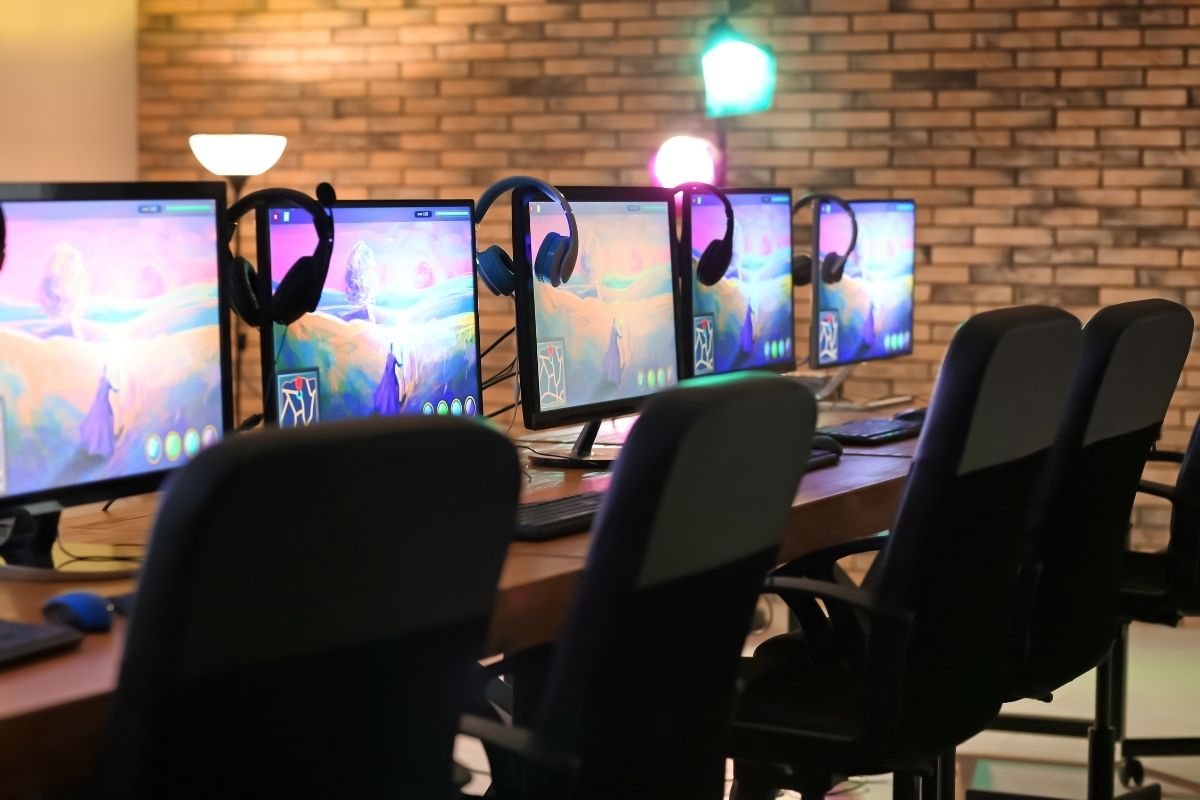Online Sports Management Education Urban Renewal Case Study
In the early 1990s in Baltimore, it was time to build a new ballpark for the Major League Baseball Orioles. Part of the ownership group had the idea that there was a good place to do it in the inner harbor, an area with rich history that had seen better times and seen better days. This idea to put a new ballpark with an old style feel in the inner harbor around all of this history was a real innovation.
The ownership group also started to rebuild the area around it, not only for sports, but for all sorts of business, for all sorts of retail, for things that the local government was doing, and certainly for things in the social sector and the nonprofit space. But it really was a sports-led development that built the community. When some of the leadership from the Baltimore Orioles then moved over to San Diego with the Padres, also in Major League Baseball, it was time to build a new ballpark there.
Taking concepts for a new ballpark, giving them some historical touches with modern amenities, and doing it in a location that would really speak to things that are important to the community seemed to be a theme that was working and that was something to go on. It’s a fine example of a terrific venue that stands today and that’s in great use today.
The next project for this team was then to go to Boston and take on what became a renovation of Fenway Park, one of the oldest, most storied sports venues on the planet, at least in modern times. The renovation involved everything from rebuilding some of the seating — not all of it, because we wanted to keep some tradition and some history — but it included updating the luxury suites, putting some seats on top of the famous green monster out in left field, and putting a newer kind of seating in the right field stands.
For decades, beer was hand delivered off of a truck each and every day. It’s quite a cost in a number of ways. One of the things that they resolved to do with the new ownership was to take some property that sat across the street, a warehouse in particular, and to convert it into a beer storage facility. What they were able to do was then pump the beer through lines into Fenway Park, cutting down costs for sure but also making things much more efficient and effective.
An International Sports Management Education Example
What’s interesting about this group is that along the way, the Boston Red Sox ownership, led by John Henry, purchased an English Premier League football club, Liverpool, one of the most storied organizations in all of global sports. And along with that comes Anfield, the venue that Liverpool has played at for ages. That ‘s more than 150 years old. You can begin to imagine maybe what it is that might be done in terms of renovating that if we look at the timeline between what happened in Baltimore, what happened in San Diego, what happened in Boston. This is quite a sports management project.


